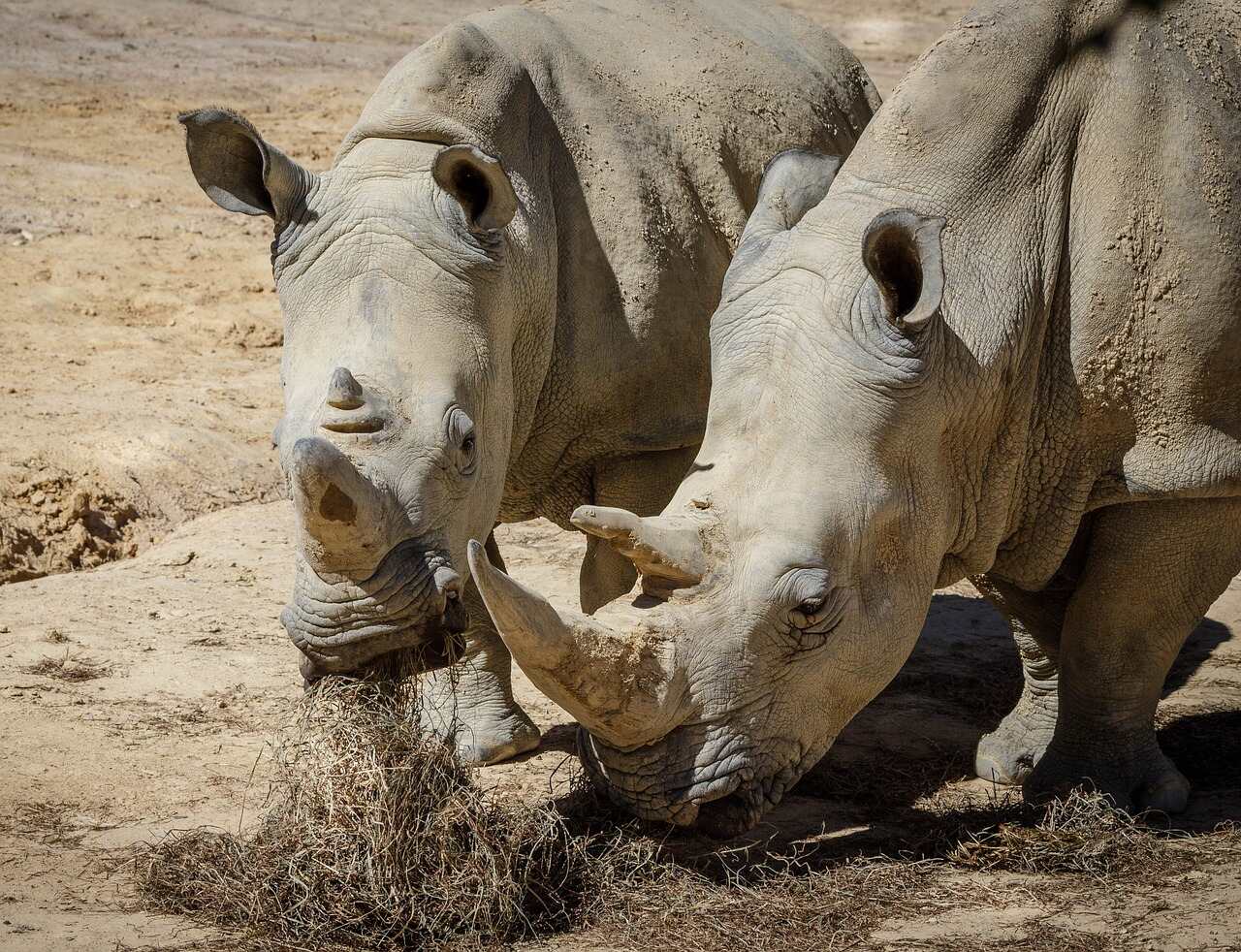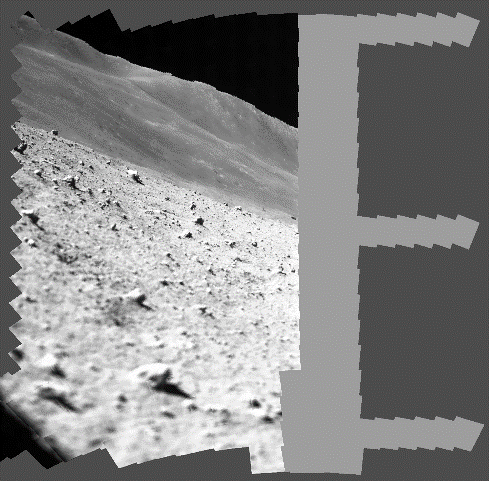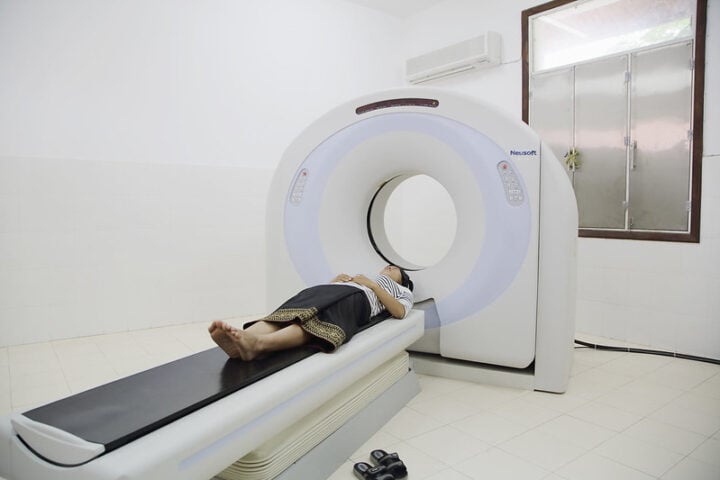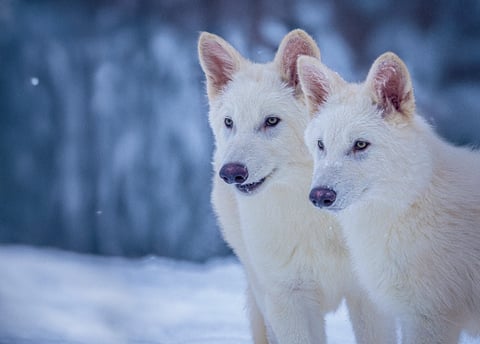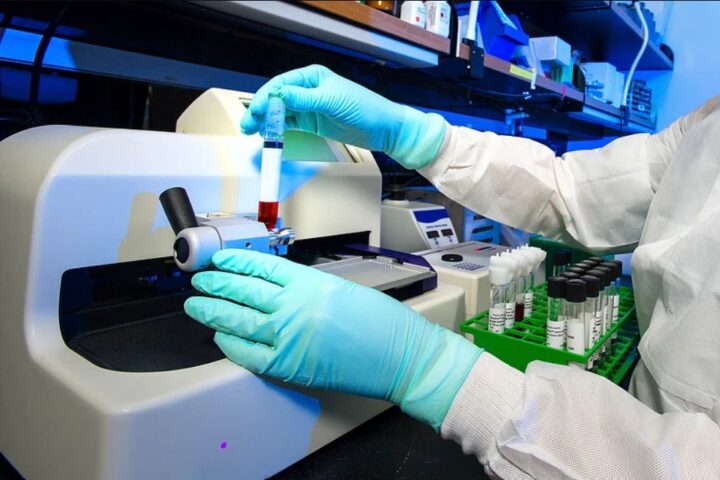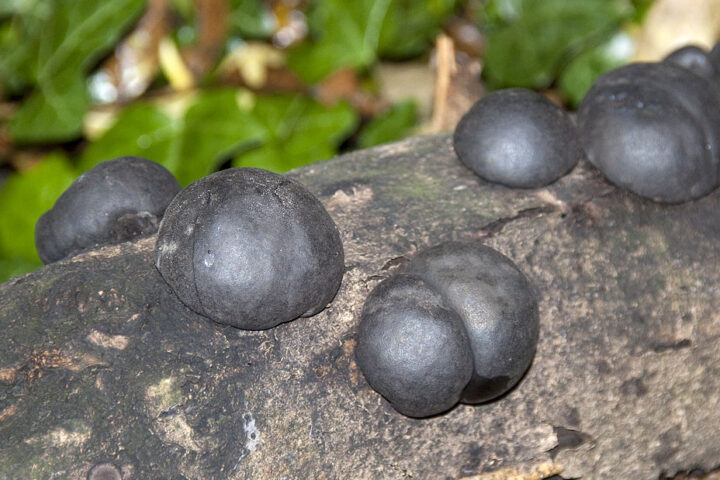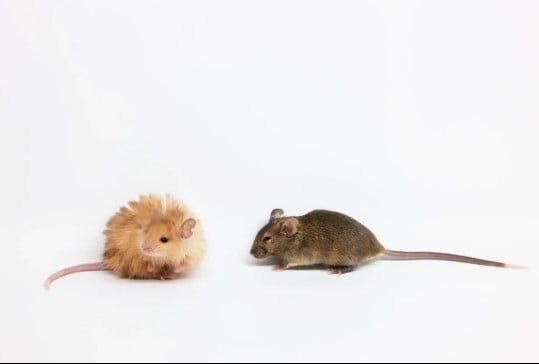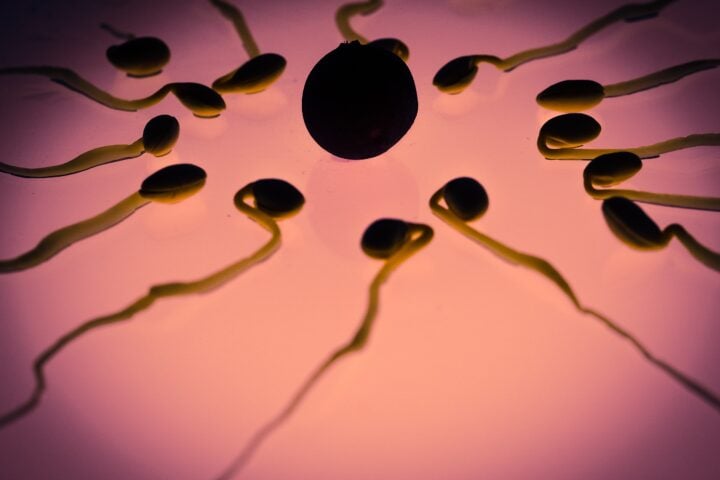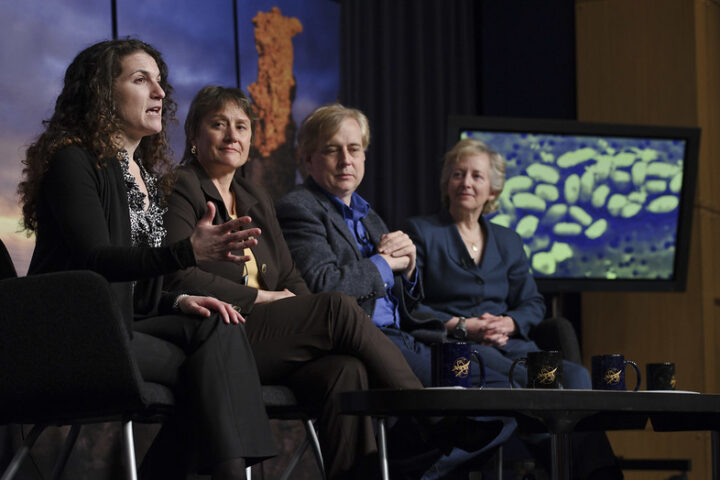Survival of the fittest is the law of the jungle. But we can always help a living creature to survive with modern techniques. Scientists in Berlin on Wednesday announced the first successful embryo transfer in a white rhinoceros using a method that offers hope for saving the critically endangered northern white rhino subspecies from extinction.
The white rhinoceros includes two distinct subspecies – northern and southern. The last male rhino died in 2018, with only two female members remaining. Neither are able to carry a calf to term. Southern white rhinos are more abundant.
The scientists turned to in-vitro fertilization (IVF), harvesting the eggs of northern white rhinos and using sperm from dead male rhinos of the subspecies to produce embryos that eventually will be transferred to southern white rhino surrogate mothers. By way of proof of concept, the scientists said they transferred the embryo of a southern white rhino into a surrogate mother of that subspecies at the Ol Pejeta Conservancy in Kenya on September 24, 2023.
The international BioRescue team, backed by the German government, confirmed on Wednesday that the procedure had produced a successful pregnancy of 70 days, with a well-developed 6.4 cm-long male embryo. “We achieved together something which was not believed to be possible,” said Thomas Hildebrandt, who heads the reproduction management department at the Leibniz Institute for Zoo and Wildlife Research, speaking to reporters at Berlin’s Tierpark zoo.
Despite their name, northern white rhinos are actually grey. They used to roam freely in several countries in east and central Africa. But their numbers fell sharply due to widespread poaching for their horns. The scientists said the proof of concept allows them to now safely move to the transfer of northern white rhino embryos.
One of only two Northern white rhinos left at the Ol Pejeta Conservancy in Laikipia county of Kenya is named Fatu. In short, the IVF breakthrough could revive the nearly extinct rhino species. Charles Darwin’s theory of survival of the fittest can be supplemented to make the survival of the weakest through modern methods of science & technology.
